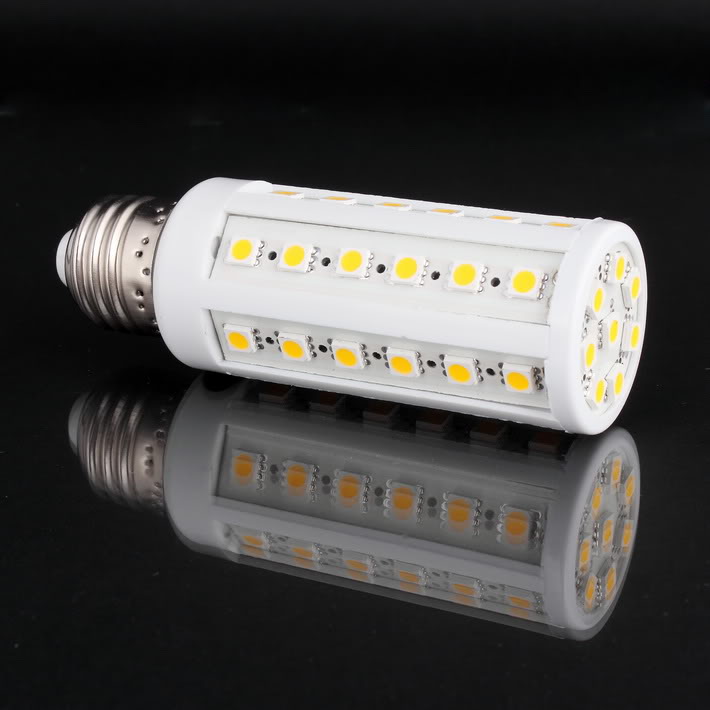Long-lasting - LED bulbs last up to 10 times as long as compact fluorescents, and far longer than typical incandescent.
Durable - since LEDs do not have a filament, they are not damaged under circumstances when a regular incandescent bulb would be broken. Because they are solid, LED bulbs hold up well to jarring and bumping.
Cool - these bulbs do not cause heat build-up; LEDs produce 3.4 btu's/hour, compared to 85 for incandescent bulbs. Common incandescent bulbs get hot and contribute to heat build-up in a room. LEDs prevent this heat build-up, thereby helping to reduce air conditioning costs in the home.
Mercury-free - no mercury is used in the manufacturing of LEDs.
More efficient - LED light bulbs use only 2-17 watts of electricity (1/3rd to 1/30th of Incandescent or CFL). LED bulbs used in fixtures inside the home save electricity, remain cool and save money on replacement costs since LED bulbs last so long. Small LED flashlight bulbs will extend battery life 10 to 15 times longer than with incandescent bulbs.
Cost-effective - although LEDs are initially expensive, the cost is recouped over time and in battery savings. LED bulb use was first adopted commercially, where maintenance and replacement costs are expensive. But the cost of new LED bulbs has gone down considerably in the last few years. and are continuing to go down. Today, there are many new LED light bulbs for use in the home, and the cost is becoming less of an issue. To see a cost comparison between the different types of energy-saving light bulbs.
Light for remote areas and portable generators - because of the low power requirement for LEDs, using solar panels becomes more practical and less expensive than running an electric line or using a generator for lighting in remote or off-grid areas. LED light bulbs are also ideal for use with small portable generators which homeowners use for backup power in emergencies.







